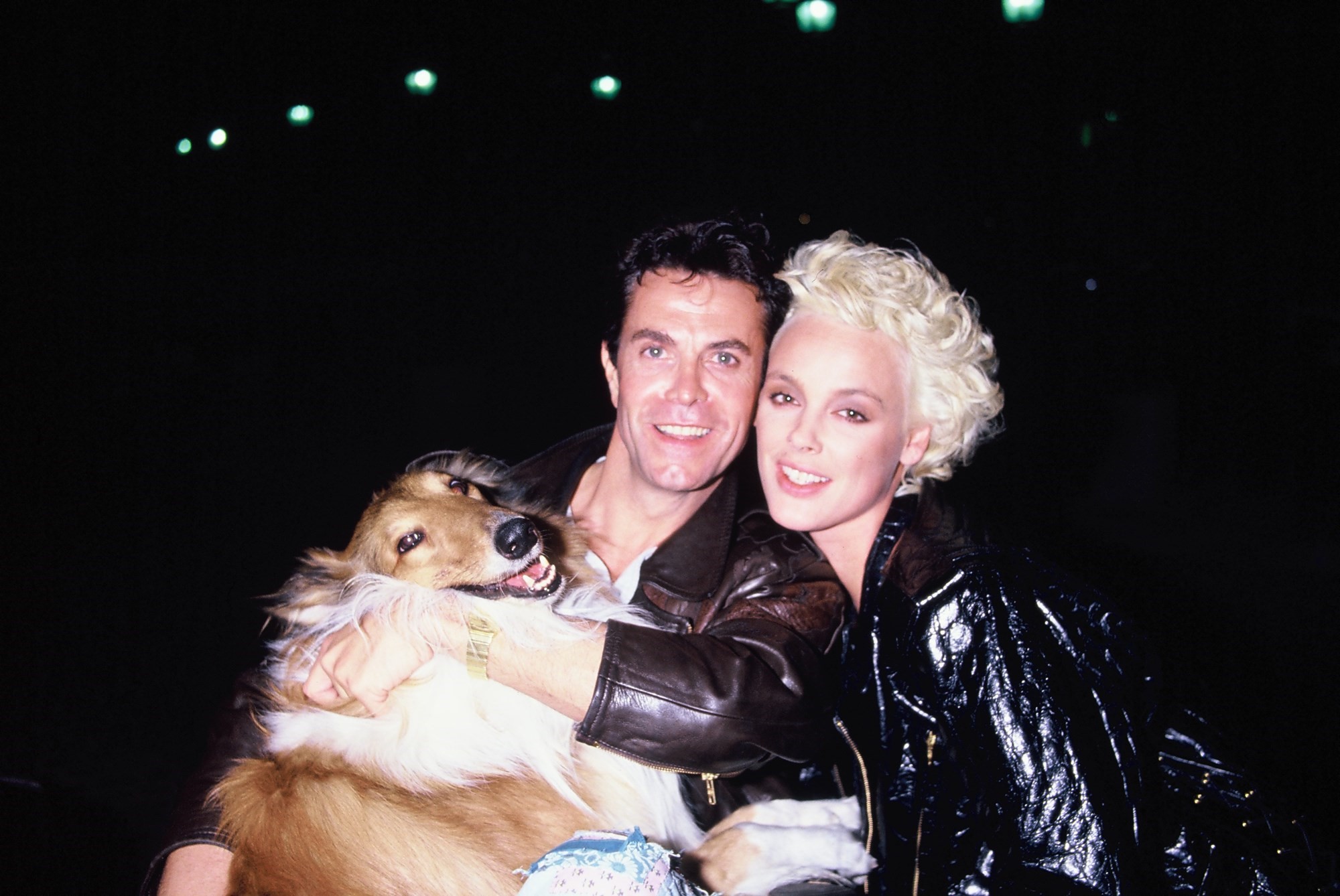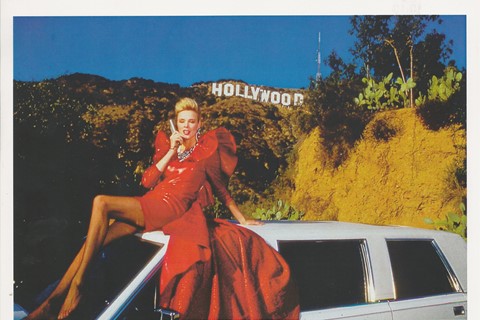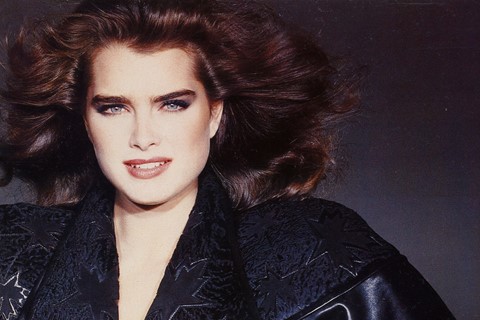There is something wonderfully curious about speaking to Jean Claude Jitrois, the founder of the French leather house, on the telephone. “I am happy to receive you in my living room,” he exclaims via speakerphone from his Parisian apartment, located halfway between the Tuileries and Concorde. “It is like we are having a tea party!” Jitrois himself is wonderfully curious: he is a man who, in 1984, eschewed his training in psychology to establish his eponymous leather label, and he speaks of his craft with the studious analysis usually reserved for academia – but, alongside the abundant references he interweaves in conversation, he is very funny. Case in point: when he discusses finding his father’s leather jacket, aged six years old, an item which prompted his lifelong adulation of leather. “My father was an airport pilot,” he says. “And I had a fascination for his jacket, for its material. Because it was covered with medals, I was forbidden from wearing it, but as soon as he wasn’t there I would dress up in it as a pilot and fly around on a broom. I suppose it was my first transgression, and from there it became a fixation. You’re probably familiar with the madeleine of Proust? Well, leather is my madeleine.” To employ the terminology of academic psychoanalysis and literature to talk about a leather jacket could easily be the most pretentious thing imaginable – but his infectious giggle tempers his intensity. You get the sense that he’s being completely honest: leather really is his madeleine.
"Back in my teenage years, leather was associated with fear; with bad boys and gangs," he explains of the material that has defined his career. But the late 60s (Jitrois was 24 during the 1968 summer of love) heralded the sexual revolution and, along with that came a new sartorial freedom. "That period was so aesthetic, so full of pleasure" he remembers, "and with that came a new way of dressing – and being allowed to wear leather." By the 70s, he had started designing – "my desire was to turn leather into something beautiful, sophisticated and appealing – to be the opposite of the Village People," and he set up shop in Saint Tropez making pieces for the likes of Princess Stephanie of Monaco and Cher (more recently, he's made outfits for FKA Twigs). As proven in these brilliant images from the Jitrois archive, his work was a hit with a strange medley of celebrities – from Elizabeth Taylor to David Hasselhoff and Mike Tyson – and the brand quickly found itself a household name. "I think what works about Jitrois for celebrities is that leather is a material that protects you but also puts you in the limelight. I guess that what made me famous among that group is that I was listening to their desires, I was listening to their most exotic fantasies. I was able to listen and translate; they want to wear leather, but as their second skin, to still be naked or exposed."

However it was Danish-born bombshell Brigitte Nielsen who truly struck Jitrois as the truest advocate for the brand's spirit: "What was great was that, in the 80s, women were becoming really empowered, both sexually and otherwise. Bodies were emphasised, facial attributes were exaggerated, shoulders broadened and waists slimmed. That was such fun to work with; women who didn't want to be men, but wanted to conquer them. The woman most characteristic of that time, who I loved to work with, was Brigitte. She was that wild woman; she wanted to meet Sylvester Stallone, so she just went up to him one day, and he couldn't resist her desires. She made me want to come to LA." But, alongside Nielsen was Cher, who Jitrois met at one of his infamous parties. "There was something so contemporary about her that it was futuristic, both in her attitude and her movement – and I was so interested in her body. Her body had such modernity – and it might have changed in the past 30 or 40 years, but it's still the future. I like the notion of time that doesn't have any form of power over her." This idea of time passing, of things changing and evolving, is one that speaks to the core of Jitrois' work. While the supermodels whose bodies he celebrated in the 80s may have matured, the leather that they were wearing then has aged alongside them; "time passes for leather in a nicer way" he laughs. And, while that era might have been a heyday for the brand, it is still going strong (Jitrois now has standalone stores from Aspen to Beijing, the sorts of locales you'd expect the highest flying customers to frequent). As the brand quips, leather is skin and – as Jitrois says, quoting poet Paul Valéry, "skin is the deepest thing there is."






